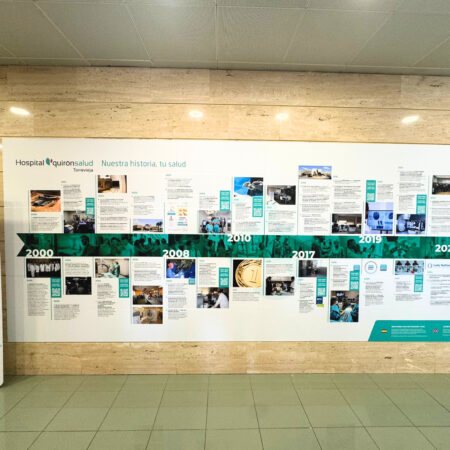Spain is increasingly turning its attention inland, rethinking its long-standing reliance on coastal, mass-market tourism by promoting lesser-known destinations and sustainable travel experiences.
The move is part of a broader strategic shift in national tourism policy, with new initiatives focused on reducing pressure on saturated sun-and-beach areas and revitalising rural and inland towns. Supported by NextGenerationEU recovery funds, these efforts are helping communities create local tourism offerings built around culture, nature, wellness, and astronomy.
Among the rising stars of Spain’s inland renaissance are towns such as:
- Martos (Jaén), drawing interest for its olive oil heritage and stargazing potential in the Sierra Sur hills.
- Tui (Galicia), positioned along the Camino de Santiago and investing in historical and gastronomic tourism.
- Baños de Montemayor (Extremadura), a spa town reinventing itself with eco-thermal experiences and walking trails.
These destinations are crafting experiences that appeal to travellers seeking authenticity, tranquillity, and environmental responsibility. Many offer packages that combine slow travel, organic cuisine, and low-impact accommodation, aimed at a growing segment of eco-conscious visitors, particularly from northern Europe.
Spain’s tourism authorities are also investing in astrotourism, promoting dark sky reserves and observatories in areas such as Aragón and Andalusia, as well as wine routes, historical walks, and inland cycling corridors. At the same time, digital transformation projects are helping smaller municipalities build professional marketing and booking infrastructure to reach international audiences.
This reorientation is not only a reaction to over-tourism on the coast, but also a response to climate change, water scarcity, and the long-term resilience of the tourism sector. Coastal areas have seen growing seasonal stress and infrastructure strain, especially during record-breaking summers.
Tourism Minister Jordi Hereu recently stated, “We are not abandoning the coast, but rather enriching Spain’s tourism diversity, ensuring that every region has a sustainable role to play in the future.”
With over 70 million international visitors expected in 2025, balancing volume with quality has become central to Spain’s strategy. The new inland focus reflects a wider European trend — one that blends environmental priorities with rural development and cultural preservation.












No Comment! Be the first one.